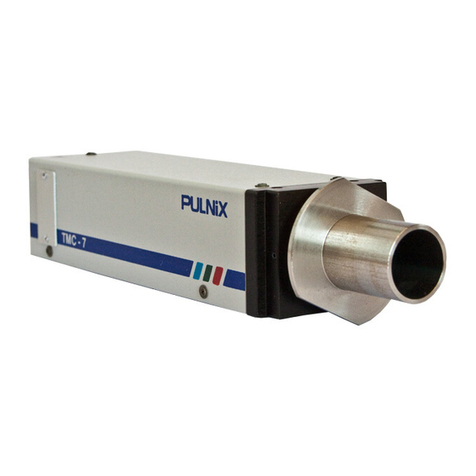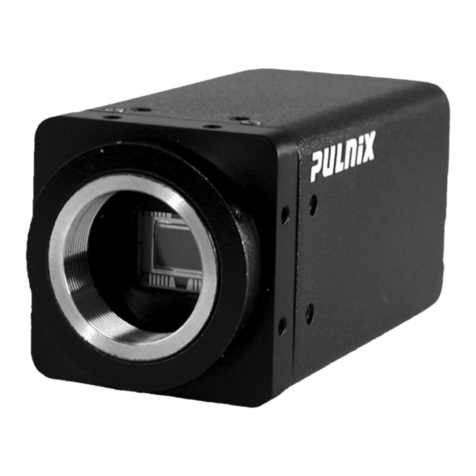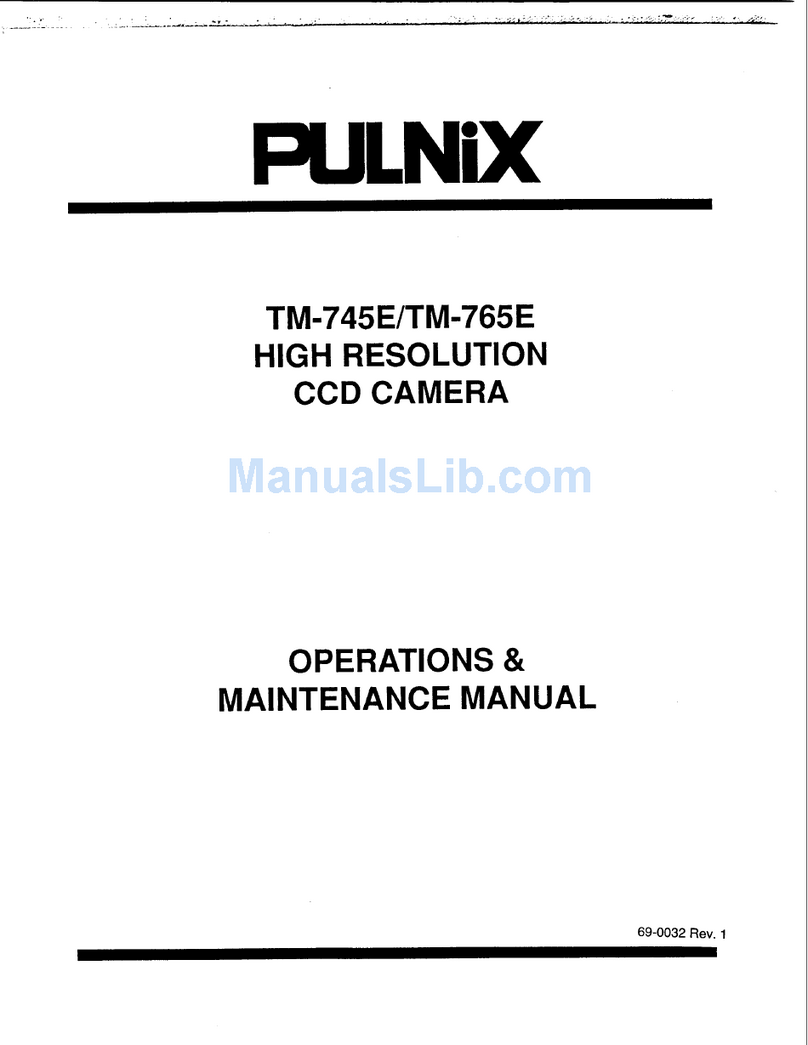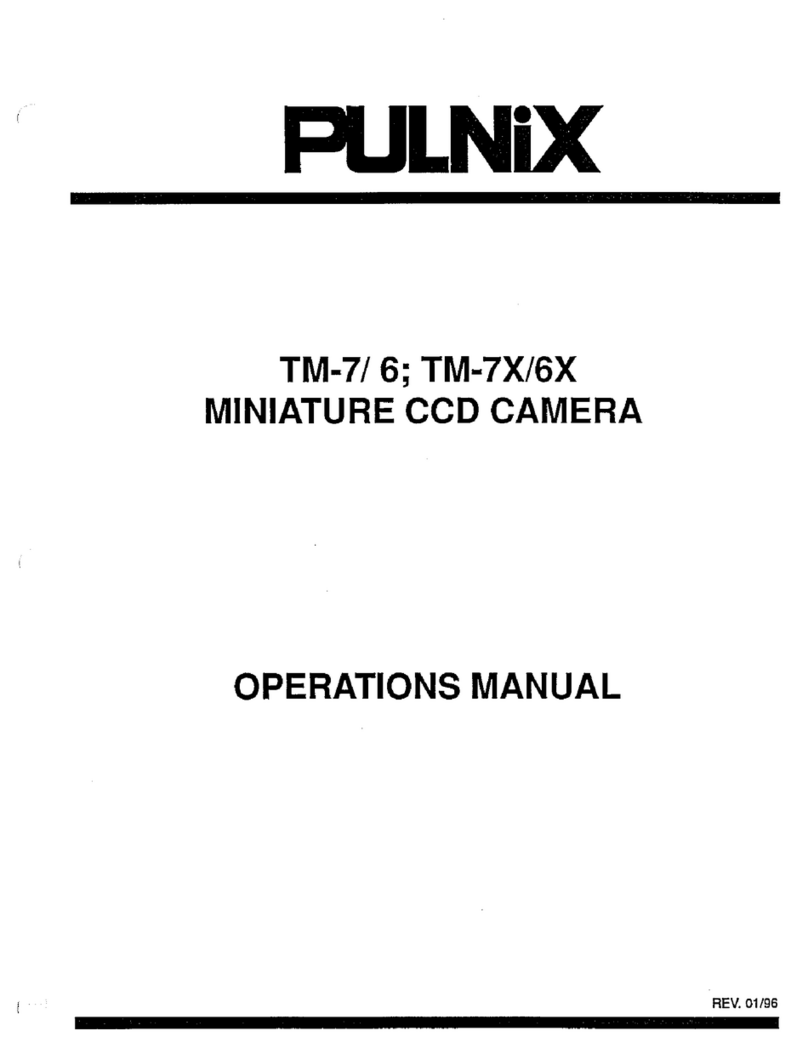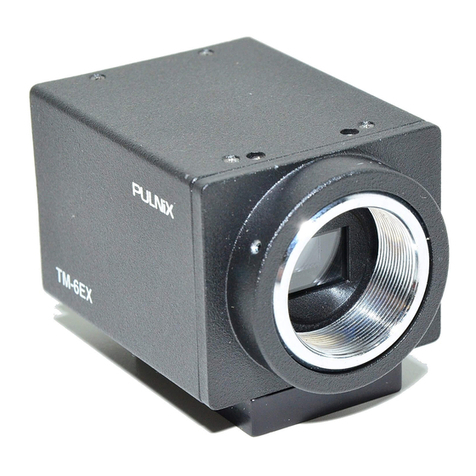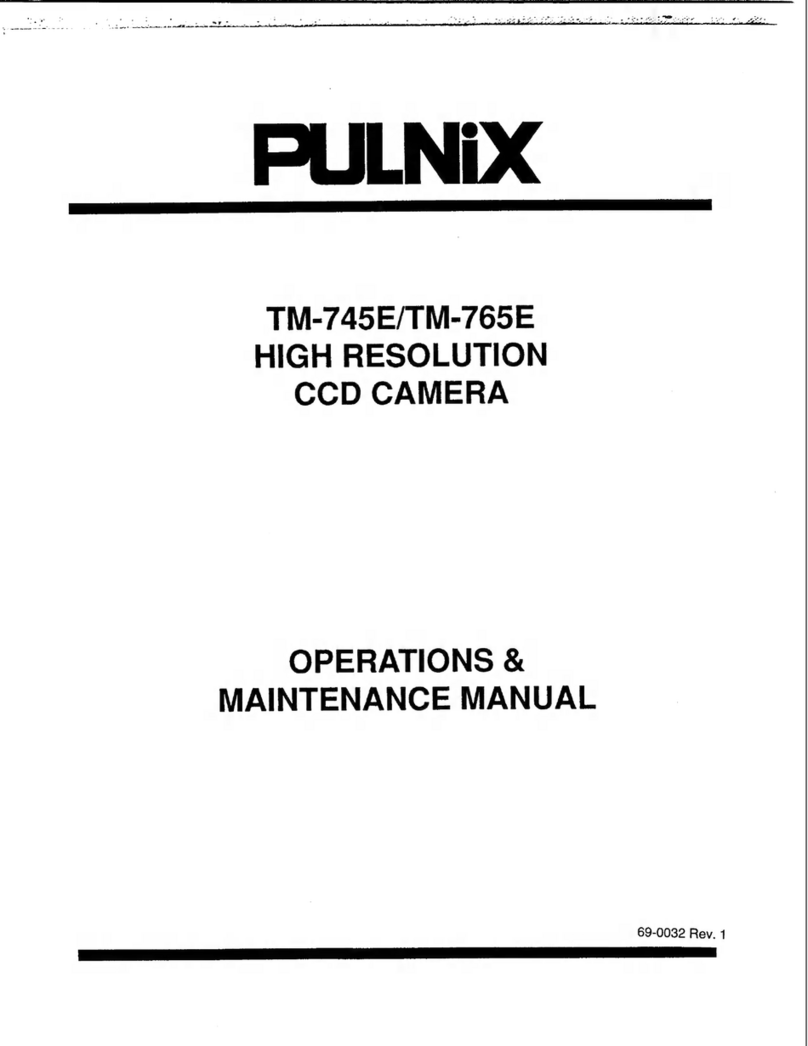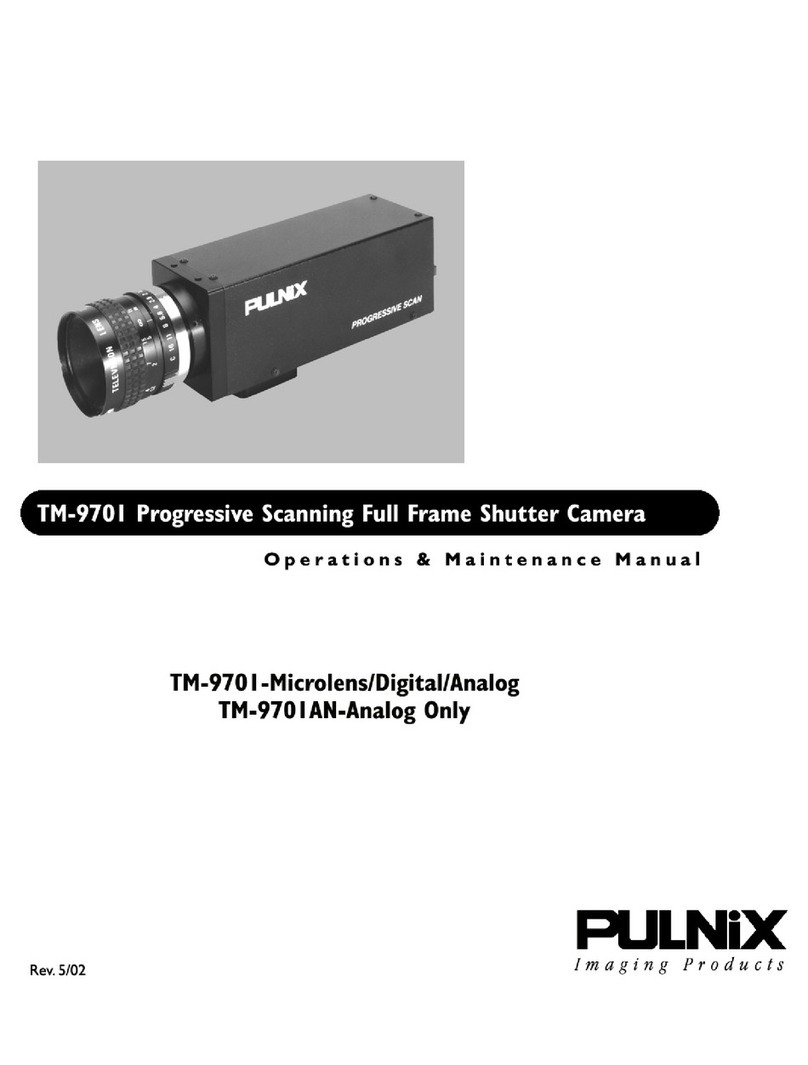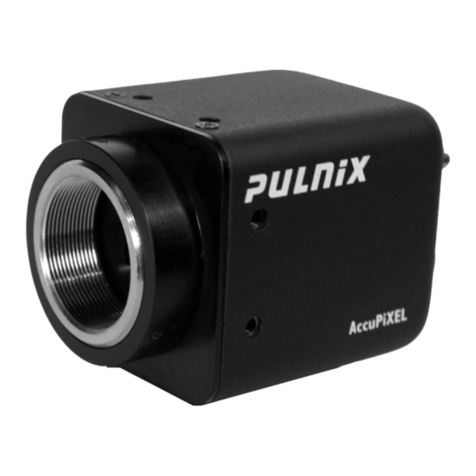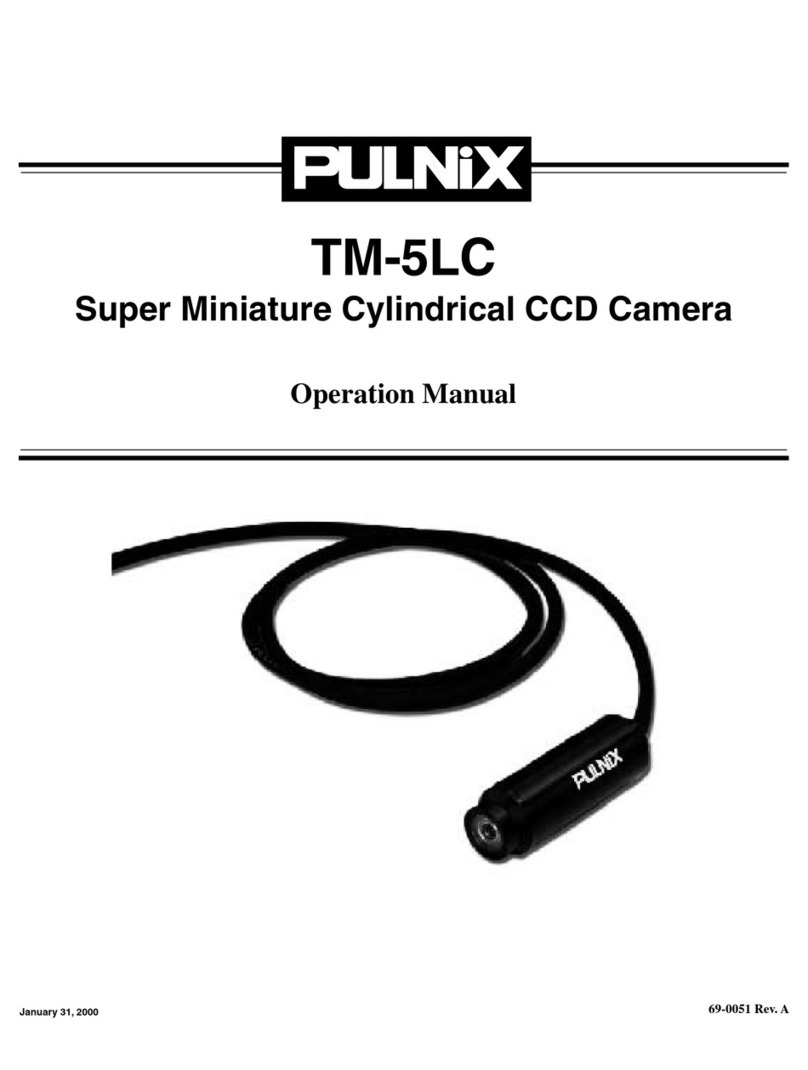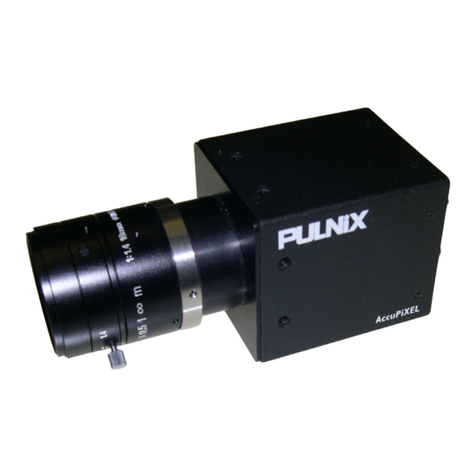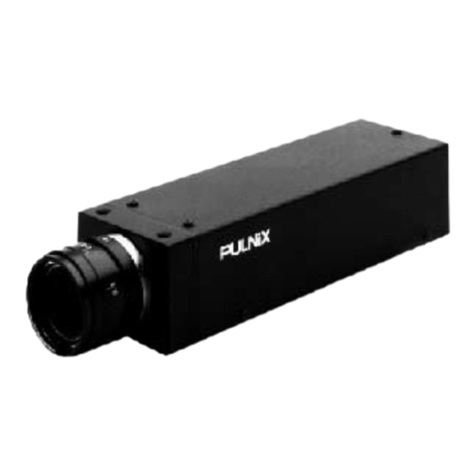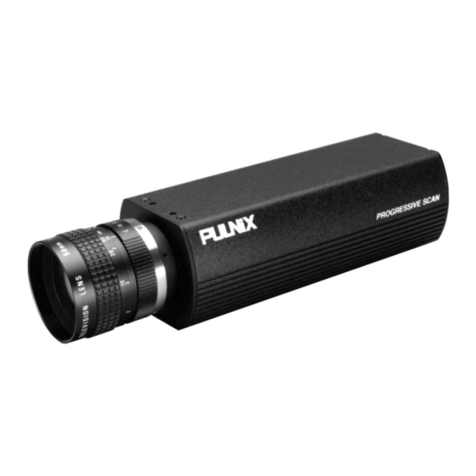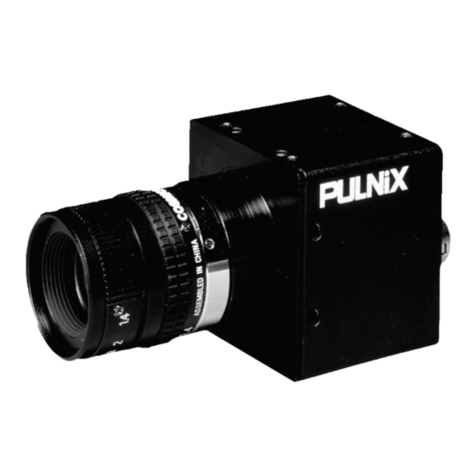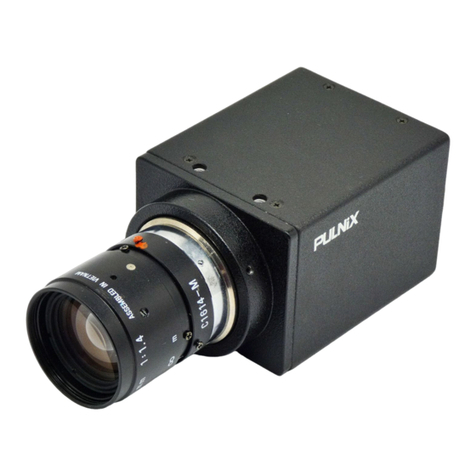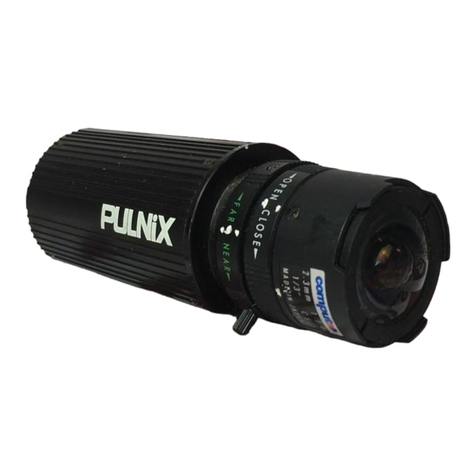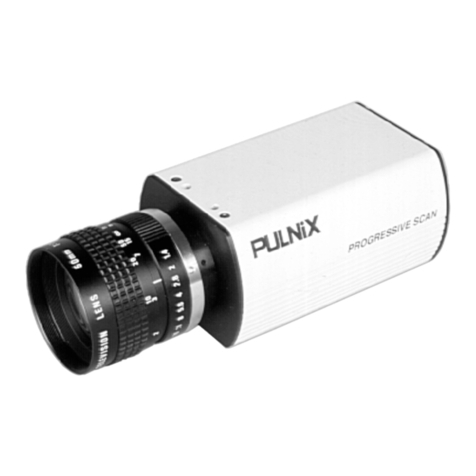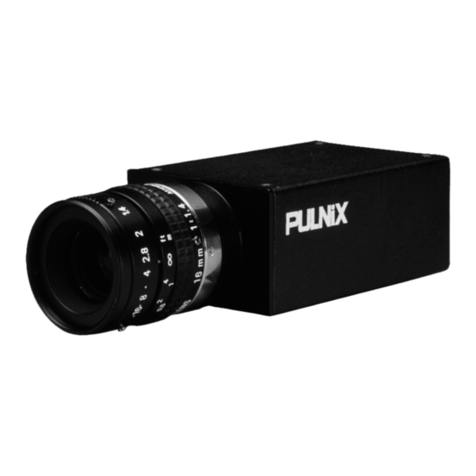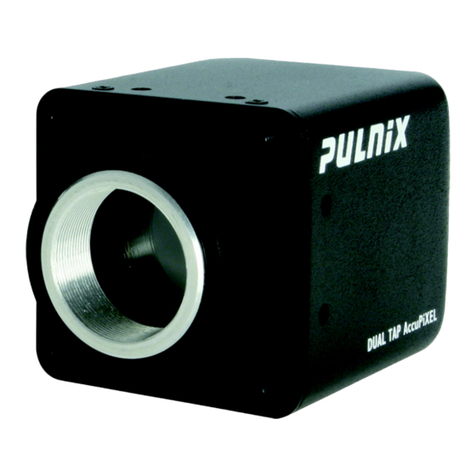
Table of Content
i
1 INTRODUCTION ..............................................................................................1
1.1 Product Description and Applications.................................................................................1
1.2 Features .............................................................................................................................1
1.3 Functional Options..............................................................................................................2
1.4 System Configuration .........................................................................................................3
2 INSTALLATION ................................................................................................4
2.1 Getting Started ...................................................................................................................4
2.1.1 Unpacking.................................................................................................................4
2.1.2 Components List.......................................................................................................4
2.1.3 Accessories and Options..........................................................................................4
2.2 Camera Setup ....................................................................................................................5
2.2.1 Connector Pin Configurations...................................................................................5
2.2.2 Power Supply and Power Cable Setup.....................................................................5
2.2.3 Attaching the Video Output.......................................................................................8
2.2.4 Attaching the Camera Lens......................................................................................8
2.2.5 Back Focusing the Lens ...........................................................................................8
2.2.6 Auto-Iris Lens Setup (Optional) ................................................................................9
2.2.7 Monitor Display Mode...............................................................................................9
2.3 Camera Alinment and Adjustment......................................................................................9
2.3.1 Equipment ................................................................................................................9
3 OPERATION...................................................................................................11
3.1 Modes of Operation..........................................................................................................11
3.1.1 Shutter Control Functions.......................................................................................11
3.1.2 Color Balance and Adjustment ..............................................................................11
3.1.3 Jumper Swich (JSW)*.............................................................................................12
3.1.4 White Balance Modes.............................................................................................12
3.1.5 Software Control Features......................................................................................14
3.2 Board Layout and Adjustment ..........................................................................................15
3.2.1 Top Board ...............................................................................................................15
3.2.2 Bottom Board..........................................................................................................15
4 SOFTWARE INSTRUCTIONS .......................................................................16
4.1 Software Installation .........................................................................................................16
4.1.1 Before Installing TMCDSP Software.......................................................................16
4.1.2 Installing TMCDSP Software ..................................................................................16
4.1.3 Uninstalling TMCDSP.............................................................................................16
4.2 Operating the Control Interface ........................................................................................17
4.2.1 Before Running TMCDSP.EXE ...............................................................................17
4.2.2 Shutter Mode Control .............................................................................................18
4.2.3 White Balance Control............................................................................................19
4.2.4 Gamma Control ......................................................................................................20
4.2.5 Back Light Compensation Control..........................................................................20
4.2.6 Pedestal Control .....................................................................................................20
4.2.7 Aperture Control.....................................................................................................21
4.2.8 Gain Control ...........................................................................................................21
4.2.8 Y Gain Control ........................................................................................................21
4.2.9 Advanced Control ...................................................................................................21
4.2.10 Write Current Setting ............................................................................................21
